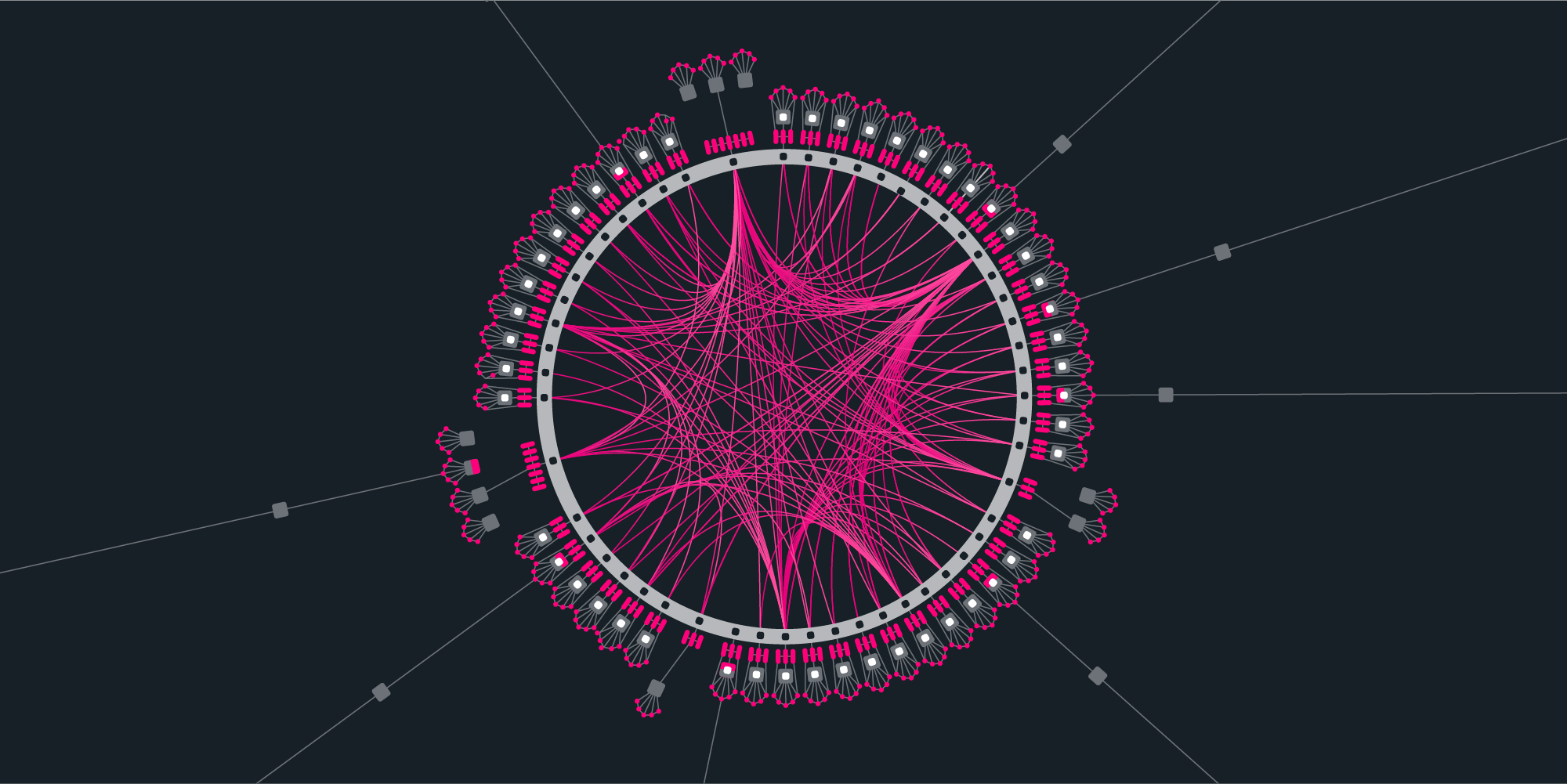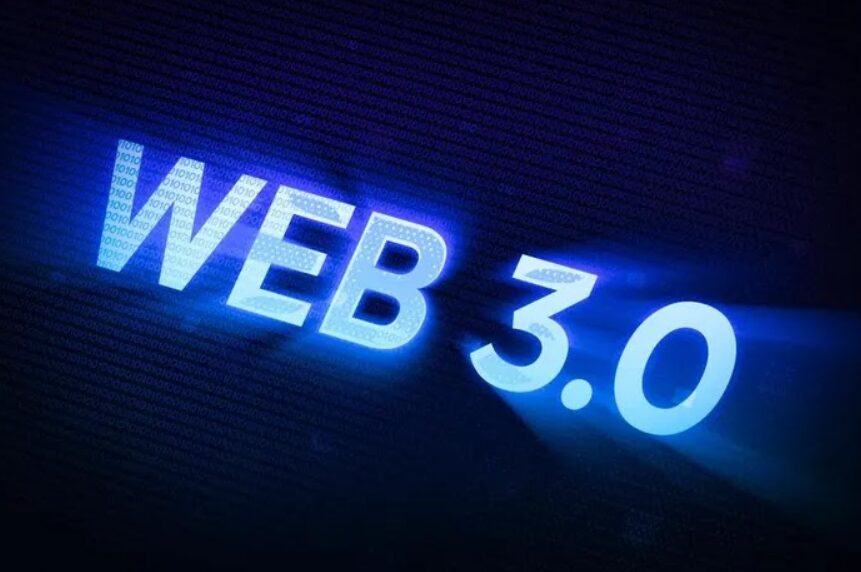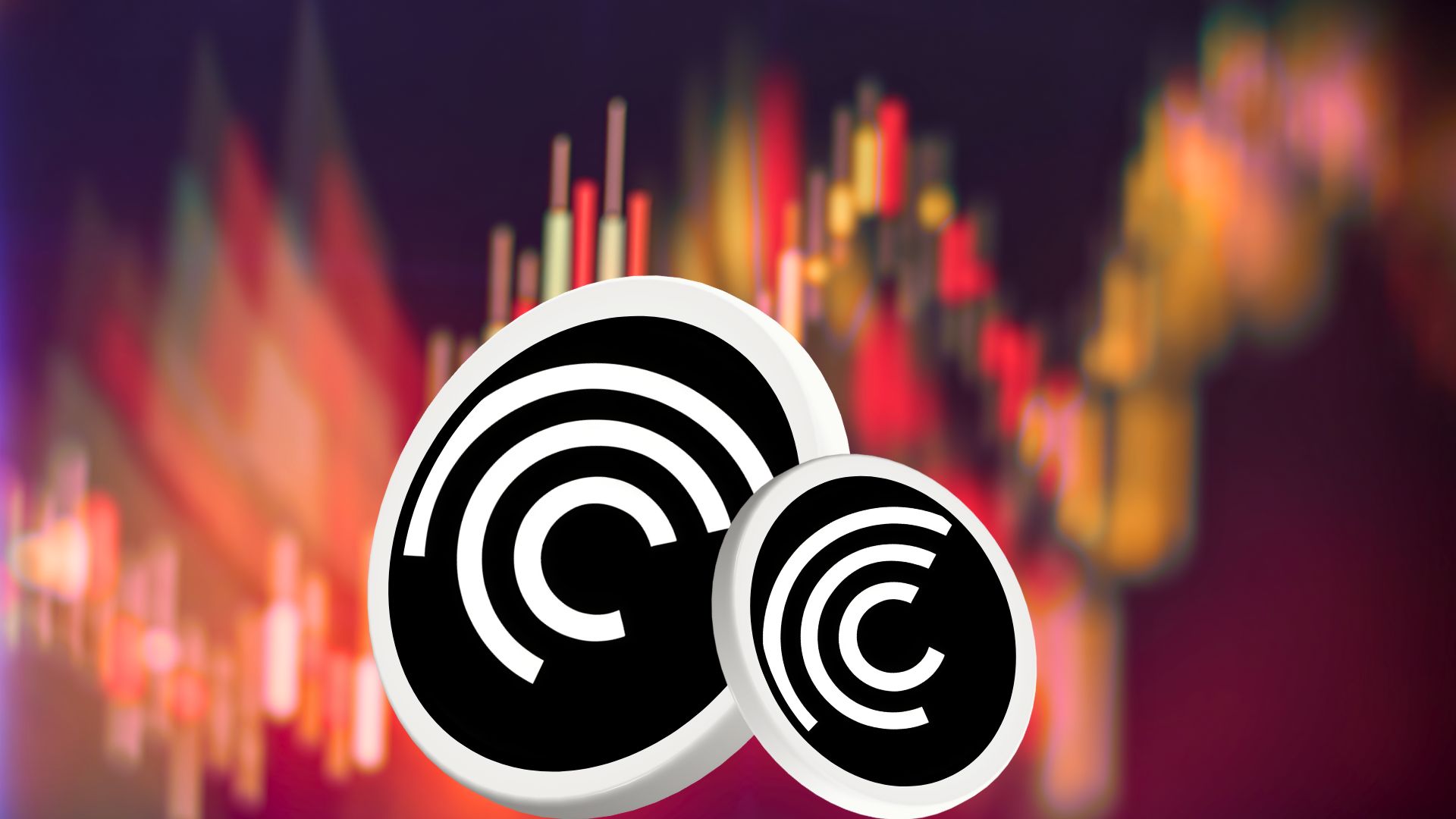
Polkadot is one of the most ambitious blockchain projects of 2022, and it’s taken the crypto community by the storm. If you’re even a bit interested in this kind of thing, you’ve probably heard of it.

And there’s a good chance you’ve also already read the title and have an idea of what’s in store next. But before we get to the actual list, it’s worth having an understanding of what parachains are. As a whole single phenomenon.
So, parachain is a type of independent blockchain that is connected to a larger blockchain. Specifically, in our case we are talking about the Polkadot.
Unlike traditional blockchains as in case with Bitcoin and Ethereum, which are isolated and cannot really interact with each other, a parachain runs in parallel with others and can interact with them seamlessly. Parachains are also used for general consensus and security. Now we can get to our personal top, which is obviously no claim. Let’s go for it!
Acala Network
Acala is a decentralized platform on the Polkadot blockchain, providing pooled liquidity and cross-chain interoperability. Its architecture focuses on optimizing the utilization of users’ assets – through the aforementioned cross-chain interoperability with other parachains in the local ecosystem.

What really stands out in Acala, is the local ecosystem. It’s formed from:
- Acala Dollar (aUSD, that is) – a local stablecoin, pegged to the US dollar, serves as a medium of exchange for payments, remittances, and DeFi transactions.
- Reserve assets – Acala’s stablecoin’s stability relies on a portfolio of reserve assets, including DOT, ACA, and derivatives like LDOT. The inclusion of cross-chain assets also enhances resilience and versatility.
- Acala Token – Acala’s native token, ACA, governs the ecosystem and facilitates network transactions. Its fixed supply ensures long-term sustainability and growth.
Also, recently Acala launched 2.0 version (Exodus one), which is literally an upgrade designed to strengthen and expand the protocol. Key goals include:
- aUSD enhancement – users now can choose to withdraw their aUSD or remain invested, allowing participation in the system’s future growth.
- Liquidity enhancement – Acala aims to solve liquidity challenges through an Universal Asset Hub, creating a sustainable liquidity layer for Web3 finance sector.
Moonbeam
Moonbeam is a smart contract-enabled cross-chain platform that operates as a parachain on the Polkadot network, providing interoperability between other blockchains – Ethereum included. What’s more, developers can easily create DApps on Moonbeam.
Interestingly, the projects originally developed on Ethereum can be ported to Moonbeam with minimal changes. The GLMR is the native token of the Moonbeam platform. It’s a key part of how the network works, as you can use GLMR’s to pay transaction fees, vote on management proposals, and take part in liquidity mining programs on the Moonbeam entity.
Astar Network
Astar is a smart contract platform that works with multiple chains. It’s literally a hub for developing DApps, and it’s designed to be used in the Polkadot ecosystem. Moreover, it’s fully compatible with Ethereum and supports various crypto software solutions.

Here are some of the things Astar Network can do:
- It can support EVM and WASM (WebAssembly, that is), whose can coexist and interact with each other.
- It can perform operator-trading, which allows it to tokenize SC (smart contracts), transfer ownership and assign other users as operators.
- It can perform multi-lockdrop features too. In other words, it distributes tokens throughout the network. Thus, participants can get them by locking… them for a certain period.
Manta Network
Manta is focused on building a better Web3 with privacy guarantees designed from the first principle: applying cryptographic constructions such as zkSNARKs to deliver end-to-end privacy guarantees. The Manta itself delivers this guarantee while prioritizing interoperability, ease-of-use, high performance and auditability.
Bifrost
Bifrost is revolutionizing staking by offering a groundbreaking solution. Maintaining liquidity while simultaneously earning rewards, that is. Unlike traditional staking methods that lock up assets, Bifrost’s approach, utilizing DOT and KSM, enables users to stake their DOT and KSM holdings while retaining the ability to utilize them for other purposes as needed.

This approach represents a significant advancement in staking efficiency, unlocking previously unavailable flexibility for participants within the whole Polkadot ecosystem.
Clover Finances
Clover Finances is a blockchain that has been designed for interoperability, featuring a layered architecture that includes a storage layer for application data, a smart contract layer that enables cross-chain deployment with a Web3 compatible API, and allows for the seamless migration of already existing Web3 DApps.

Local unique value proposition lies in Clover’s ability to foster the above mentioned cross-chain DApps – a significant advancement over the previously Ethereum-centric ecosystem.
Efinity
Efinity is a parachain on Polkadot that says… It’s a decentralized and scalable NFT one.
However, the team behind the Efinity has a bit of a controversial past, as they have started Enjin (their first project) as an ERC20 token and infrastructure for gaming NFTs around 2017, and they were going to develop an Ethereum scaling solution.
Then NFTs took off in 2021, yet Enjin didn’t seem to be part of that, and they haven’t really developed anything significant on Ethereum then. So, now they’re saying they’re dropping Ethereum and will be bringing their vision to life as Efinity – a parachain on Polkadot. Since then, it doesn’t seem that the team has built much, except for a wallet, and what looks like an NFT marketplace. And now they are announcing the merging of Efinity and Enjin into a separate blockchain, seemingly outside Polkadot.

Anyways, the projects still look promising, even though the team hasn’t exactly inspired serious confidence in the past. Nevertheless, it’s probably best to give them the chance to show what they can do, especially since they’ve already started working on it. They’re working somewhat hard, too.
Parallel Finance
Parallel is a protocol that offers lending and borrowing in the Polkadot. But that’s not all, as Parallel has a bunch of cool concepts too. Like, it’s a system where depositors can lend and bet at the same time, earning a double yield from their coins. And borrowers can collateralize a loan, which is pretty handy as well. A kind of stacking with leverage.
PARA is also used to incentivize pickers and validators, which is how the decentralized node infrastructure of the network is powered. Not just that, though, as the item is also used to hedge risk, encourage rewards and distribute profits.

Polkadot also has its own token, DOT. It has three key functions: firstly, it provides relay chain security; secondly, it connects chains; and thirdly, it allows for network management. Also, only DOTs owners can vote for parachains, and the greater the number of DOTs, the greater the weight of the vote.
Centrifuge
Centrifuge is a system engineered to fractionalize, manage, and democratize access to so-called RWAs. The core innovation of Centrifuge lies not just in tokenization, yet in the infrastructure and legally sound framework underpinning it. Like, Centrifuge’s collateralized asset pools provide an unprecedented level of protection, mitigating risk through verifiable transparency and established legal recourse.
There’s also a CFG – the native token – which serves as the keystone there. The thing is, it empowers to participate directly in the platform’s trajectory, fostering a somewhat new system that is free from the constraints of centralized control movements.

Obviously, these aren’t all – just the best out of the best. Well, at least that’s what our team thinks anyway. One thing’s for sure, the parachain system is the way of the future, because it’s just so handy. And it’s also progressive.











